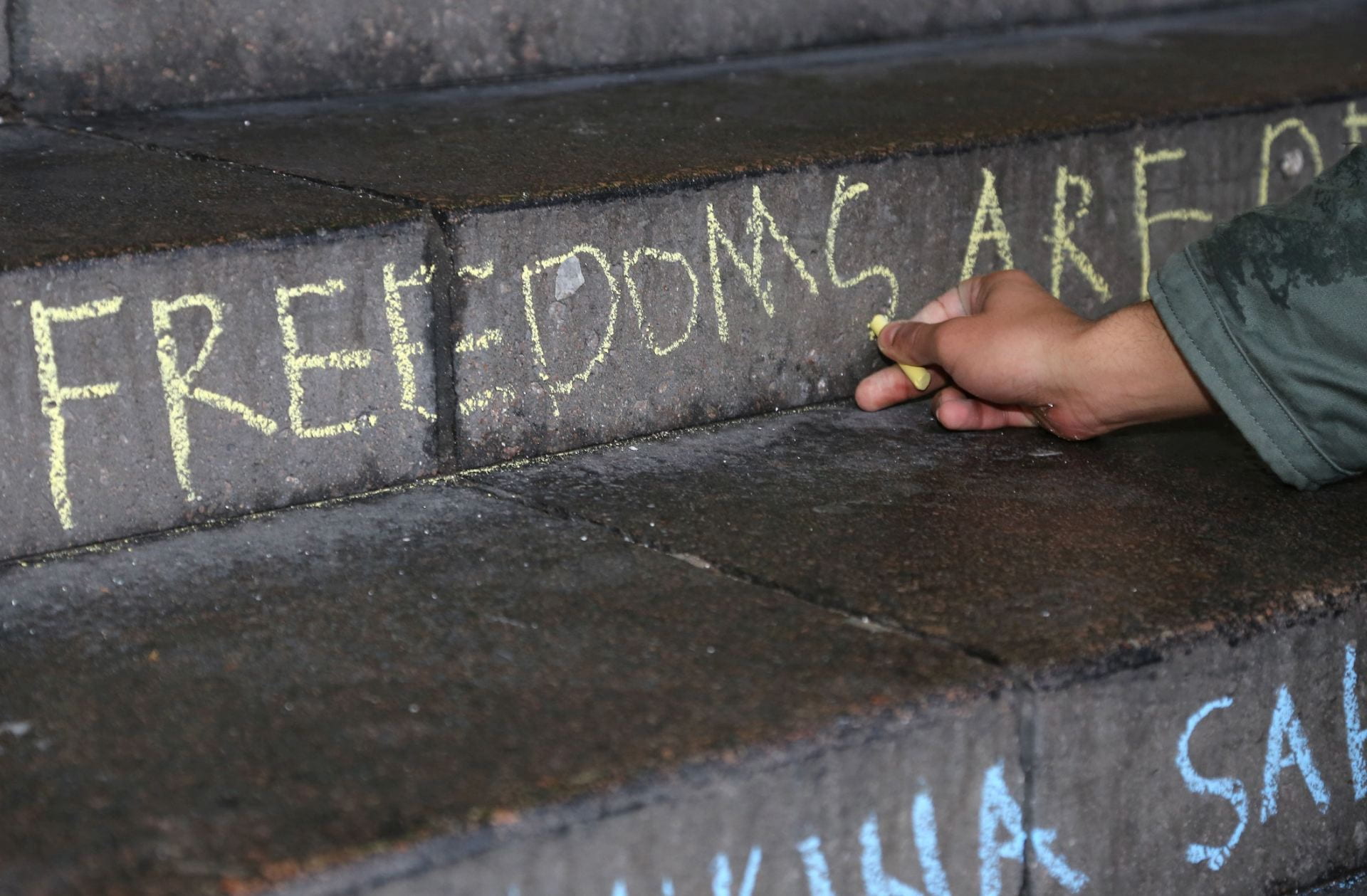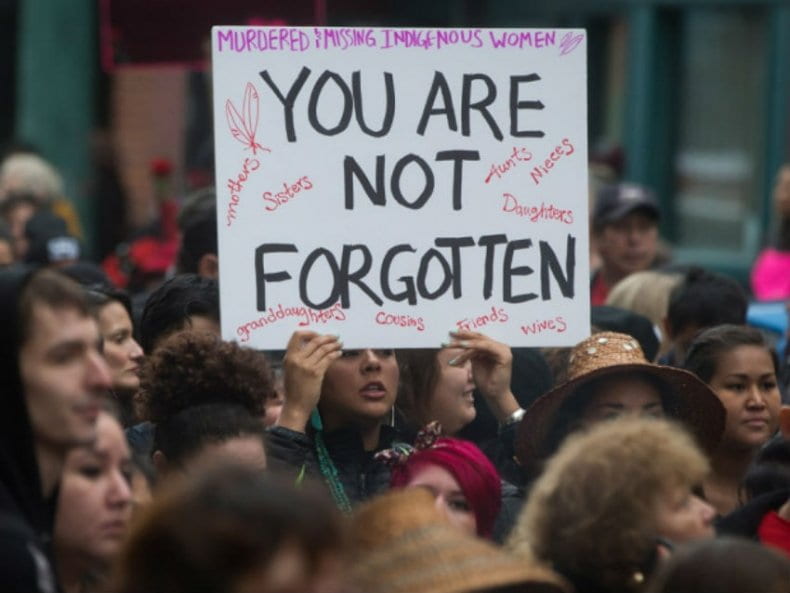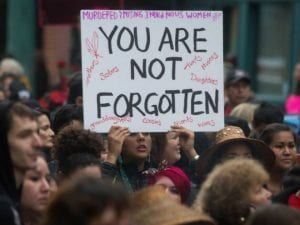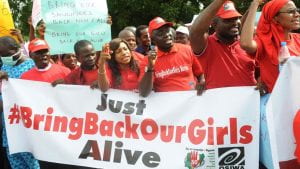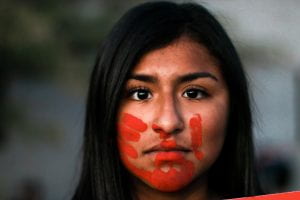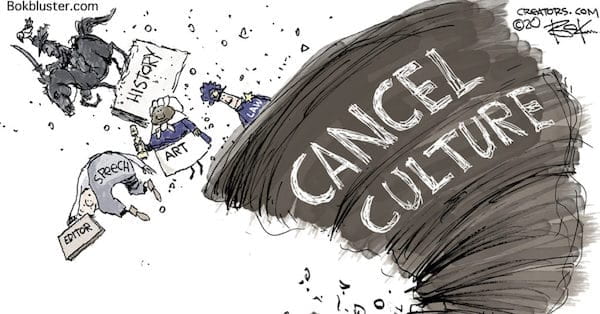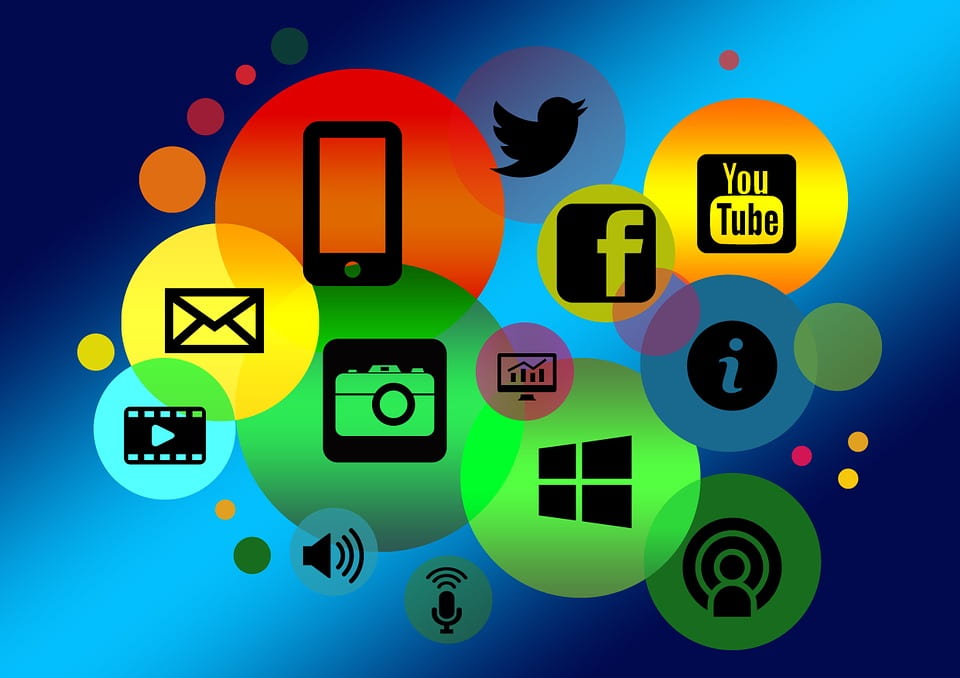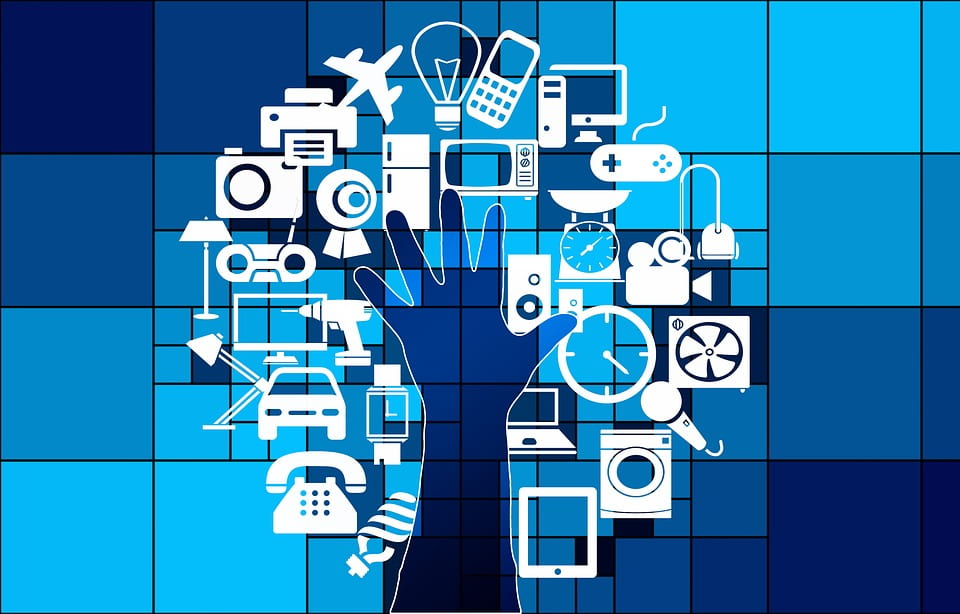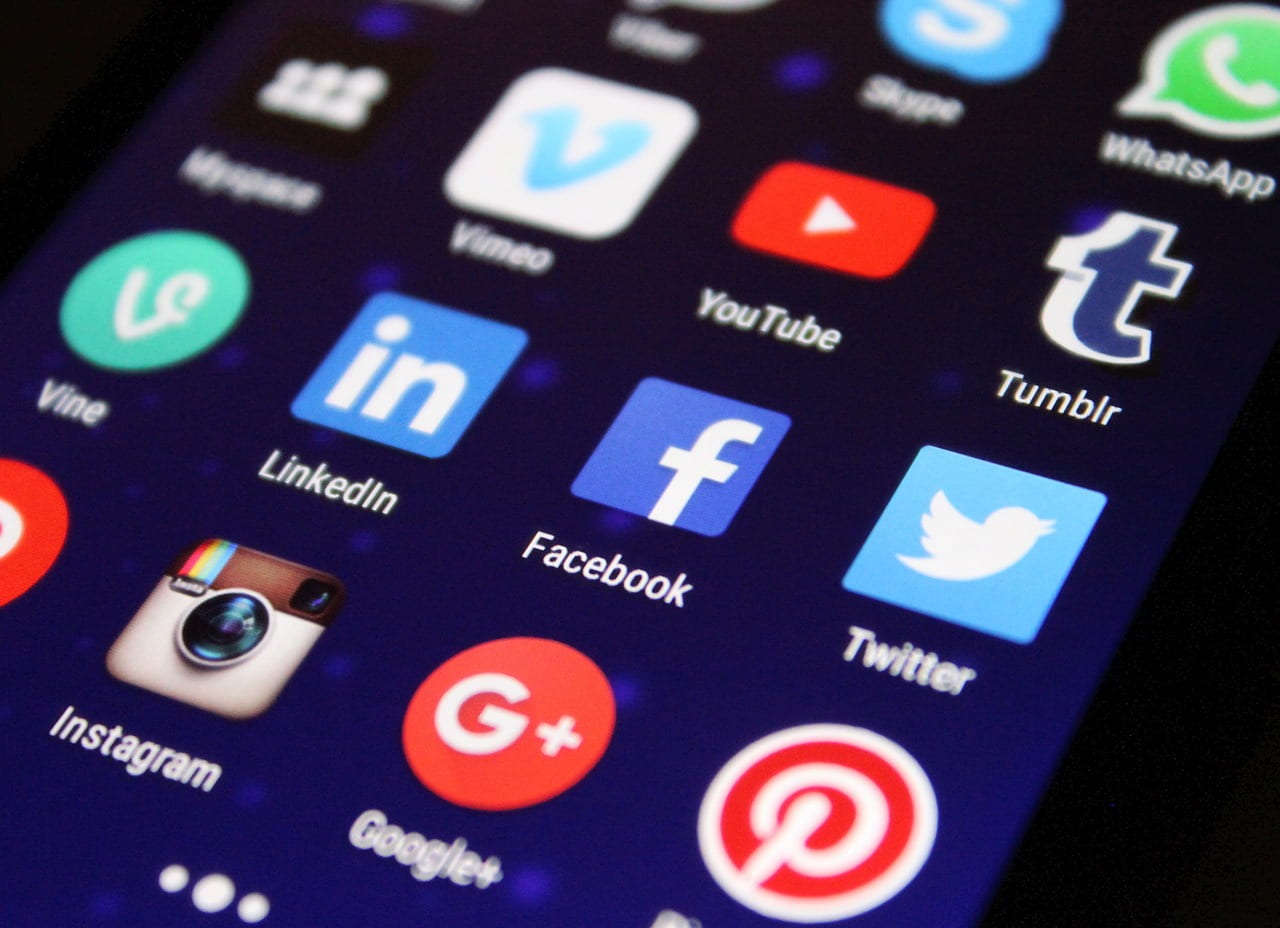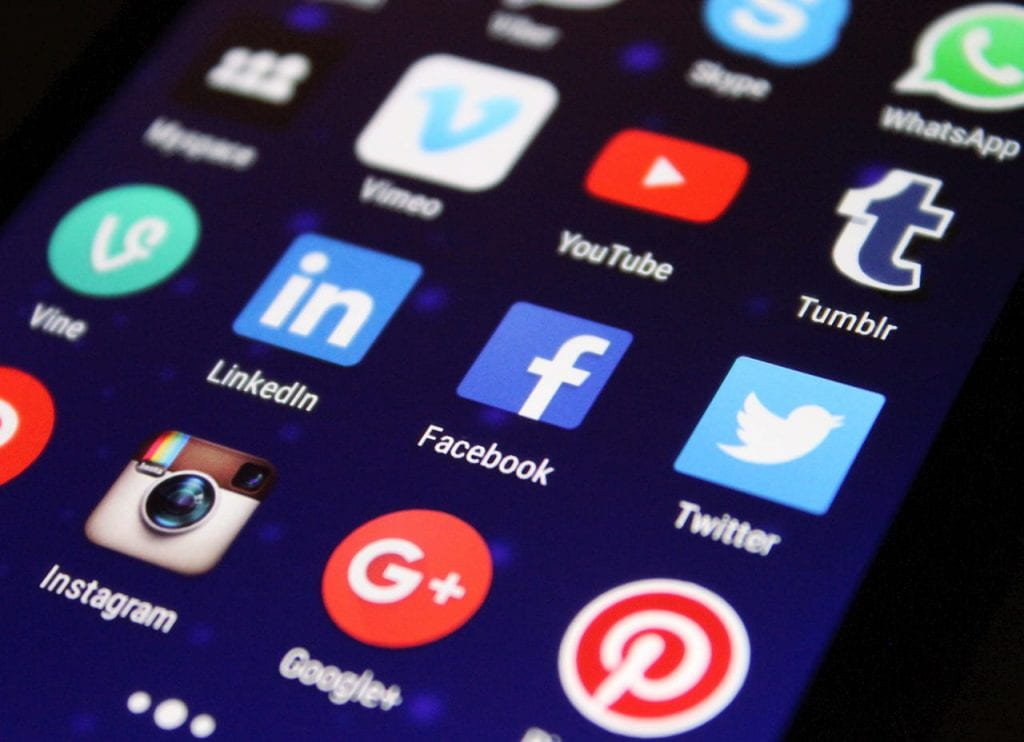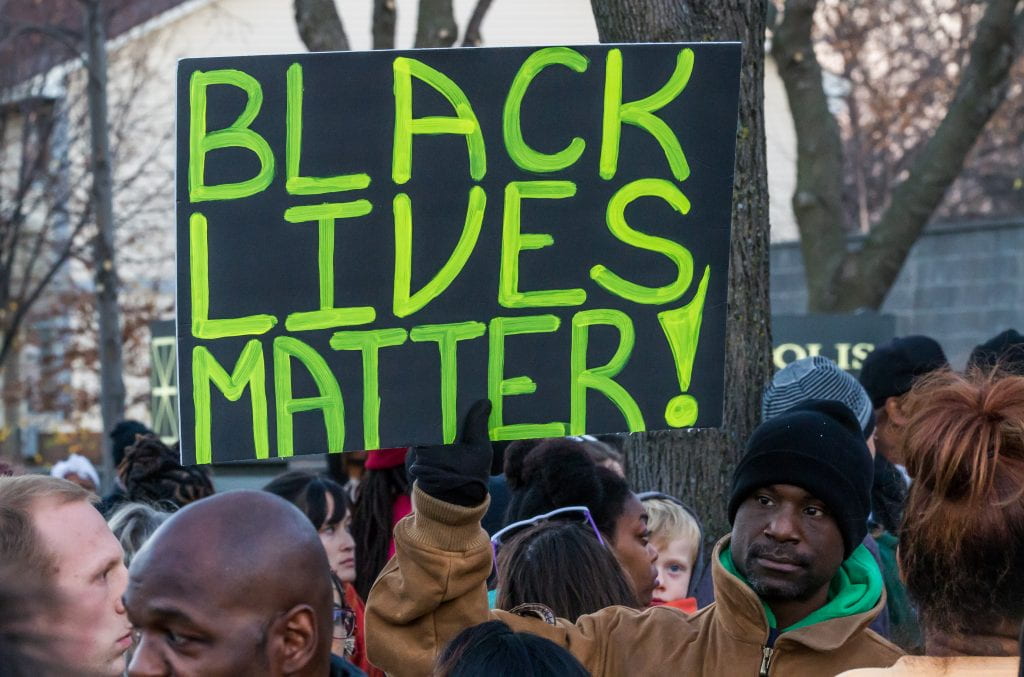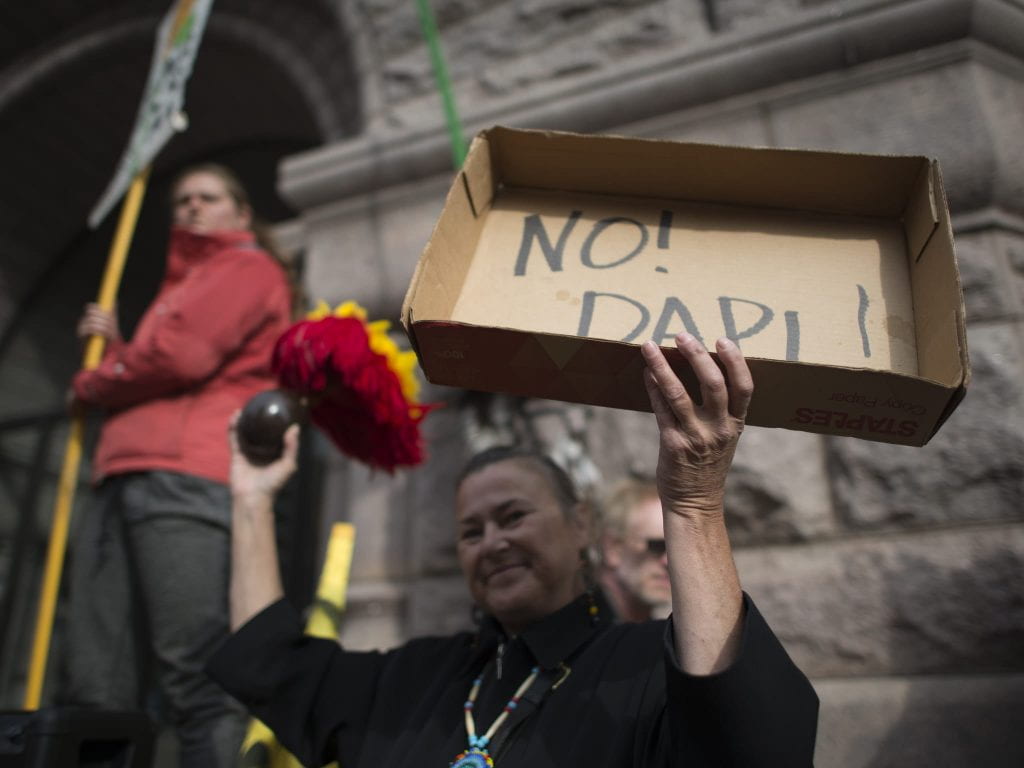by Sumaira Quraishi
The first images that come to mind when you hear the words “human trafficking” usually include ones from popular media where the victims, typically young and wealthy individuals, are miraculously saved soon after they go missing by well-connected family members in action-packed scenes. Often, the savior is glamorized, and the victim is portrayed as an Icarus-like figure who flew too close to the sun and fell to their demise by being prideful and overexcited. This representation of human trafficking victims is wholly inaccurate in that anyone of any race, gender, ethnicity, or socioeconomic background can end up being trafficked against their will and a quick rescue is challenging to come by.
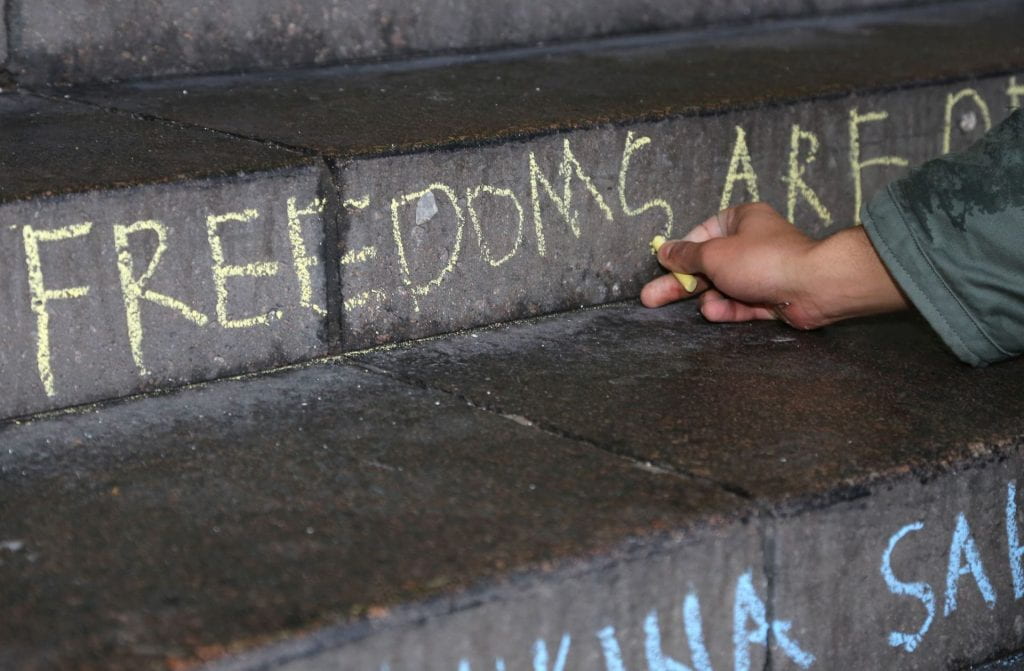
What is Human Trafficking and Why Should You Care
According to the United States Department of Homeland security, “human trafficking involves the use of force, fraud, or coercion to obtain some type of labor or commercial sex act.” The act of being trafficked is complex, with many illicit systems in place to ensure trafficked people remain shackled, silent, and subservient. Although there are many misconceptions about the process of trafficking a human being such as the thought that people are kidnapped against their will and always take opportunities to escape when presented with one, these beliefs are not based in fact. Victims are sometimes coerced by human traffickers or slave traders through violent actions, manipulative tactics, false pretenses, and fake relationships. These situations leave individuals feeling trapped with their captors and they may not feel like anyone can help them. Unlike the romanticized portrayals of rescues from drug dens and slave auctions found in movies, the struggles of people who have had their liberty forcibly taken away are not so easy to resolve by arresting one key individual who runs an entire illegal enterprise, thereby leaving a collapsing system from the top-down.
The violation of a person’s right to liberty and the trauma they face while in forced labor or sex trafficking environments are not the only dangers of human trafficking. The United States Department of State outlines multiple ways human trafficking harms not just those who are trafficked, but the nation as a whole in the following ways: human trafficking is a national security risk, it interferes with global markets, and it funnels currency into the hands of criminals. The perception of human trafficking being something that is not the general population’s problem until and unless it comes knocking on your doorstep leaves you vulnerable to manipulation, just like the millions who were manipulated into believing a QAnon trafficking conspiracy theory in July of 2020.
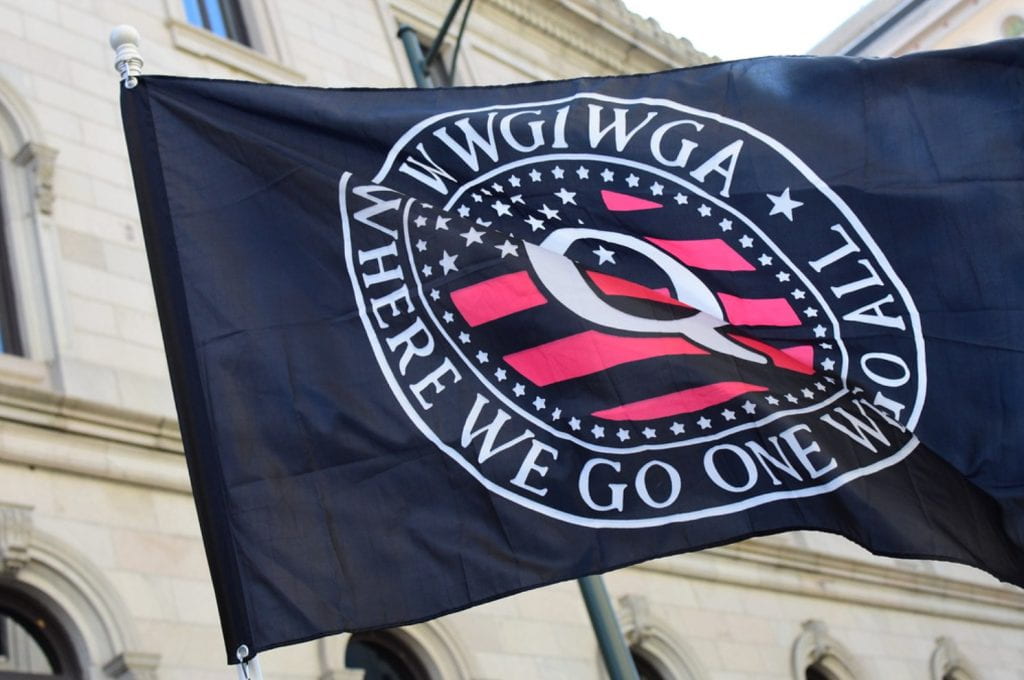
Misinformation and Misunderstandings
A distorted view of human trafficking and the lack of knowledge about how people are controlled by human traffickers led to social media outcry from people around the world when #SaveTheChildren began trending in early July of 2022. Internet users on all platforms from Facebook to Reddit to Instagram and Twitter began rallying against Wayfair for allegedly allowing human traffickers to sell kidnapped children disguised as cabinet and pillow listings on the Wayfair website. To start, the entire affair was part of a conspiracy theory perpetuated by the QAnon conspiracy group that was made viral via an internet user who tweeted a screenshot of expensive storage cabinets with non-generic female names like “Alyvia Storage Cabinet” under the pseudonym Amazing Polly in June of 2020. Polly’s tweet was then circulated by QAnon, of which she is a member, and soon gained traction outside of the far-right political group, trending on social media platforms the following month after the initial tweet was posted.
On the surface, rapid dissemination of information about a supposed human trafficking front is a good thing, however, in this case, the trafficking front allegation turned out to be false on all counts, but by the time the investigation was over, misinformation had been flooding the timelines of millions of people for days. People rallied against Wayfair and demanded justice for the children whose names appeared on listings, leading to an upset of many lives overnight since some of the “missing” children had been at home recovering for months, or years, leaving them living in fear as they watched their personal information circulating online. In this case, well-intentioned public outcry overtaxed Polaris, the nonprofit in charge of the National Human Trafficking Hotline that connects victims of human trafficking to support resources in America, and made it difficult for the organization to help real victims in need.
Trending stories that go through the social media cycle and lose coverage once they are deemed unmarketable make it hard to trust what you see online, especially if delivered by what you believe are reliable sources and individuals. Knowing what to believe and when to be skeptical is essential to protect yourself from having the wool pulled over your eyes, making you lose sight of any hidden agendas that may be pushed through viral stories. In actuality, the children in the Wayfair listings had their names chosen by an algorithm to differentiate industrial products, and a glitch led to surges in the prices of some pillows.
Spotting A Fake Story
While it is disheartening to not have the truth of the Wayfair matter broadcasted as far and wide as misinformation about the case was, leaving many people still believing in a lie, there are almost 25 million victims of human trafficking in the world at any given moment who have been ripped away from any possibility of normal life and may never escape their new, harrowing situation. Traffickers profit from this exploitation of individuals, whether it be sex trafficking, forced labor, or the sale of people to others. Human trafficking may seem like an issue so far out of sight to the everyday person living comfortably in a wealthy country, but the reality is human trafficking could be happening to anyone anywhere in the world. Human traffickers don’t solely target subpopulations shunned by traditional politics, and everyone should remain aware of this danger. The lives of the children whose pictures were circulated around the world during the Wayfair scandal had their lives overturned by well-meaning people who didn’t look closely enough at facts and ended up buying into fiction, taking away dozens of people’s sense of safety and leaving them vulnerable to harm.
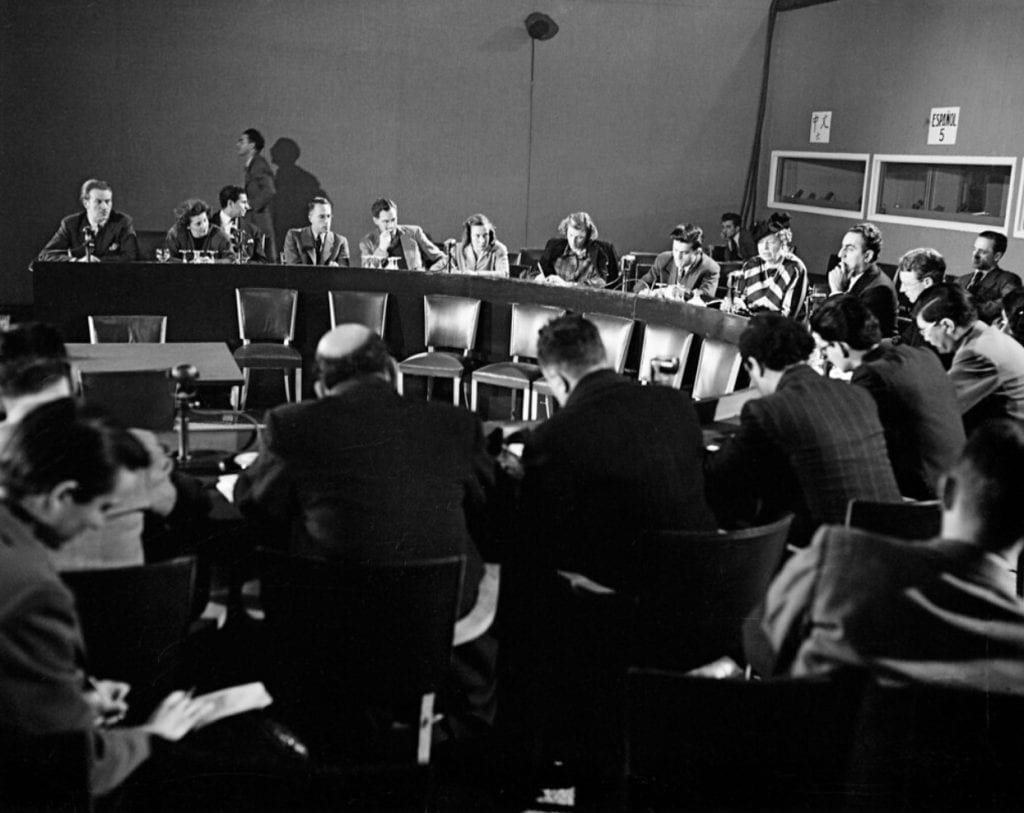
It can seem hopeless to think about how you could help a victim of human trafficking who might seem out of reach, but what we can learn from the Wayfair event is to keep in mind that you should always look for facts and not take frenzy-inducing headlines at face value. Remaining questioning until presented with concrete evidence will help limit the spread of misinformation and save resources from being wasted on fake breaking news stories.
If you want more information on how human rights are defined and protected, the Universal Declaration of Human Rights was created at a United Nations assembly in 1948 to outline globally recognized rights and is a great starting point on the topic.
